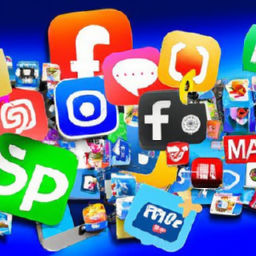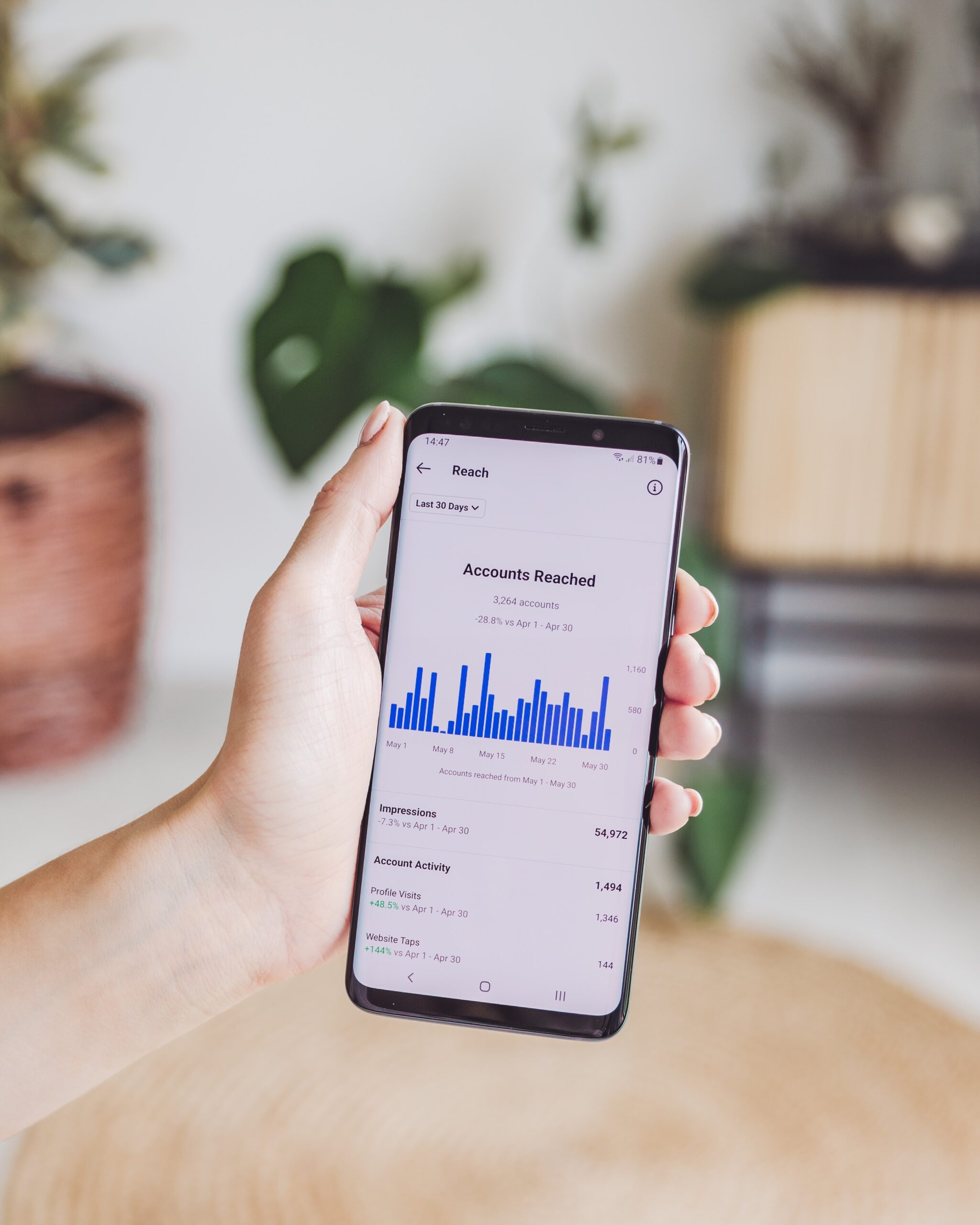In the contemporary digital landscape, influencer marketing has emerged as a pivotal strategy for brands looking to expand their reach and engage with audiences authentically. “How To Avoid Common Influencer Marketing Pitfalls” provides crucial insights for marketers aiming to navigate this dynamic field effectively.
The article meticulously outlines common mistakes that can undermine influencer campaigns, offering practical advice on identification and prevention. By understanding these pitfalls and implementing the suggested measures, brands can optimize their influencer partnerships and achieve their marketing objectives with greater precision and efficacy.
Have you ever wondered why some influencer marketing campaigns soar while others fall flat on their faces? The answer is often not as complicated as one might think. One must navigate challenges and opportunities with caution and expertise to avoid common influencer marketing pitfalls.
Understanding Influencer Marketing
Influencer marketing is a form of social media marketing involving endorsements and product placements from individuals with a purported level of expertise or social influence in their field. This can range from celebrities and bloggers to influencers on platforms like Instagram and YouTube.
The Power of Influence
An influencer possesses the ability to affect the purchasing decisions of others due to their authority, knowledge, position, or relationship with their audience. This makes them a valuable asset to any brand looking to boost its visibility and credibility in the marketplace.
Why Brands Rely on Influencers
Brands leverage influencer marketing because it allows them to reach a more targeted and engaged audience. Traditional advertising methods, by contrast, often cast an overly wide net and catch uninterested eyes. Through influencers, brands can speak directly to consumers more likely to have an inherent interest in their products.
Common Influencer Marketing Pitfalls
Even with its numerous benefits, influencer marketing is fraught with potential pitfalls. Many brands, significantly those less experienced, fall into these traps due to inadequate planning, ineffective strategies, or a lack of understanding.
Pitfall 1: Poor Influencer Selection
Choosing the wrong influencer is like picking a lead actor who can’t deliver the lines. The influencer might have a vast following, but the campaign is doomed from the start if its audience does not align with the brand’s target demographic.
How to Choose the Right Influencer
- Check Relevance: Ensure the influencer’s content aligns with your brand’s message.
- Analyze Engagement: More important than the follower count is the engagement rate. An active audience is a crucial indicator of an influencer’s impact.
- Review Past Collaborations: Examine previous partnerships to gauge the influencer’s reliability and effectiveness.
Pitfall 2: Lack of Authenticity
Audiences today are savvy. They can detect inauthenticity from miles away. Influencers who hawk products with seemingly no personal connection risk losing the trust of their followers, thereby devaluing the brand’s message.
Maintaining Authenticity
- Storytelling: Encourage influencers to share personal anecdotes that resonate with their audience.
- Creative Freedom: Allow influencers some creative control to maintain their unique voice and style.
- Transparency: Be upfront about paid partnerships. Authenticity thrives on honesty.
Pitfall 3: Ignoring Micro-Influencers
The allure of partnering with a mega-influencer can be tempting, but it’s an error to overlook the value of micro-influencers. These individuals, who typically have between 1,000 to 100,000 followers, often deliver higher engagement rates and a more dedicated audience.
Benefits of Micro-Influencers
- Higher Engagement: Micro-influencers usually have closer relationships with their audience.
- Niche Markets: They can help brands tap into specific, targeted communities.
- Cost-Effective: They are often more affordable than their macro counterparts.
Pitfall 4: Inadequate Legal Agreements
A handshake won’t suffice in the world of influencer marketing. Legal agreements ensure both parties are clear on expectations, compensation, and content ownership.
Key Components of Legal Agreements
- Scope of Work: Detailed description of the content to be created.
- Compensation: Clear terms of payment, including milestones and bonuses.
- Timelines: Set deadlines for content delivery and revisions.
- Usage Rights: Specify how the brand can use the content.
Pitfall 5: Neglecting Performance Metrics
Running a campaign without tracking its performance is like driving with a blindfold. Analyzing key performance indicators (KPIs) is non-negotiable to justify marketing spending and improve future strategies.
Important KPIs to Monitor
| KPI | Description |
|---|---|
| Engagement Rate | Measures like comments and shares per post. |
| Click-Through Rate (CTR) | Measures how many people follow the link in the post. |
| Conversion Rate | Indicates how many viewers completed a desired action. |
| Return on Investment (ROI) | Compare the profit from the campaign to its costs. |
Best Practices for Influencer Marketing
Avoiding pitfalls is only half the battle. To truly excel in influencer marketing, one must adopt best practices that guarantee a higher return on investment.
Establish Clear Objectives
Before diving in, brands must identify what they hope to achieve with their influencer marketing efforts. Whether the goal is to increase brand awareness, drive sales, or boost social media followers, clarity is key.
Foster Long-term Relationships
One-off collaborations rarely make a lasting impact. Building long-term relationships with influencers can deepen their connection to the brand, fostering greater authenticity in their endorsements.
Leverage Multiple Platforms
Limiting a campaign to a single platform can restrict its reach. Different platforms serve varied purposes and audiences. A presence across multiple social media channels can amplify the campaign’s impact significantly.
Utilize User-Generated Content
Encourage followers to create content around the brand. User-generated content (UGC) provides social proof and extends the campaign’s reach organically.
Real-world Examples of Successful Campaigns
Learning from successful campaigns can provide valuable insights and inspiration. Here are a few examples of brands that nailed their influencer marketing efforts.
Case Study 1: Glossier
Glossier tapped into the power of micro-influencers—real customers who loved their products. By focusing on authentic reviews and real-life usage scenarios, they turned word-of-mouth marketing into a powerful tool, witnessing exponential growth in brand awareness.
Case Study 2: Daniel Wellington
Daniel Wellington built its brand by partnering with various influencers to showcase their watches in lifestyle posts. Consistent imagery and a clear brand message across numerous profiles created a sense of aspirational lifestyle that attracted a wide audience.
Case Study 3: Coca-Cola’s “Share a Coke” Campaign
Coca-Cola’s campaign involved influencers from around the world sharing personalized Coke bottles. The blend of global appeal and personalized content struck a chord, making it one of the most memorable campaigns in recent history.
Challenges in Influencer Marketing and How to Overcome Them
Influencer marketing, despite its benefits, presents a unique set of challenges. Brands that equip themselves to handle these challenges will navigate the landscape more effectively.
Challenge 1: Measuring ROI
One of the biggest hurdles is accurately measuring the return on investment. With several variables in play, pinpointing the exact ROI can be complex.
Solution
Invest in analytic tools that track performance metrics such as engagement, click-through, and conversion rates. Combining these insights with sales data can provide a clearer picture of ROI.
Challenge 2: Keeping Up With Trends
The social media landscape is ever-evolving. What’s trending today might be obsolete tomorrow. Staying relevant requires constant vigilance and adaptability.
Solution
Maintain a flexible strategy. Continuously monitor social media trends and be prepared to pivot your marketing efforts to align with new developments. Engage with influencers who are known for staying ahead of trends.
Challenge 3: Ensuring Compliance
Compliance with advertising regulations is crucial but can be complicated. For instance, the Federal Trade Commission (FTC) in the U.S. mandates clear disclosures for sponsored content.
Solution
Stay updated on legal requirements in your jurisdiction. Provide guidelines for influencers to ensure that all content complies with legal standards. Regular audits can also help maintain compliance.
Future of Influencer Marketing
As digital landscapes evolve, influencer marketing will too. Brands anticipating and adapting to these changes will remain ahead of the curve.
Emerging Technologies
Technologies like augmented reality (AR) and virtual reality (VR) are set to revolutionize influencer marketing. Imagine influencers offering virtual tours of stores or using AR filters in product demos. These immersive experiences could drive deeper engagement.
Growth of Nano-Influencers
Nano-influencers, those with less than 1,000 followers, are gaining traction. Despite their limited reach, their highly engaged and loyal followings could offer brands an untapped reservoir of marketing potential.
Enhanced Analytics
As the demand for measurable outcomes grows, analytic tools will become more sophisticated, offering deeper insights and more precise data. Brands will be able to fine-tune their strategies with a granularity previously unimaginable.
Conclusion
Avoiding common influencer marketing pitfalls requires careful planning, precise execution, and continuous adaptation. While seasoned brands might have the experience to navigate these waters, even newcomers can succeed by leveraging best practices and learning from successful campaigns and potential missteps. As digital landscapes continue to evolve, staying ahead requires understanding current trends and anticipating the future.
The road to a successful influencer marketing campaign may be laden with pitfalls, but it is also paved with opportunities. By approaching it with foresight and strategy, any brand can turn influencers into powerful allies in their marketing arsenal.









![Target Audience: My Tips for Finding the Perfect Fit [+ 5 Campaign Examples] target-audience:-my-tips-for-finding-the-perfect-fit-[+-5-campaign-examples]](https://socialmediamarketingtechniques.com/wp-content/uploads/2024/07/524-target-audience-my-tips-for-finding-the-perfect-fit-5-campaign-examples-100x75.webp)





